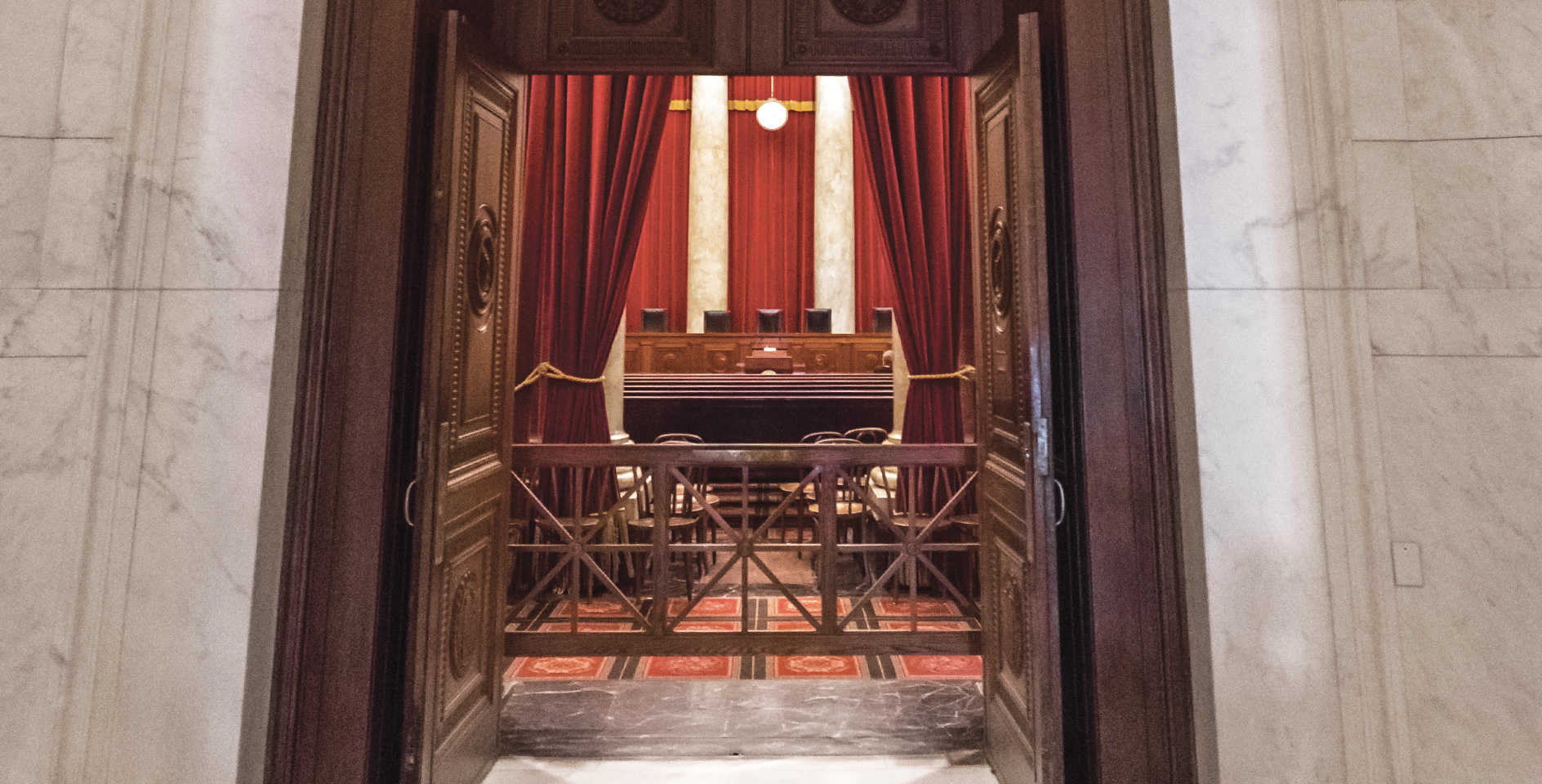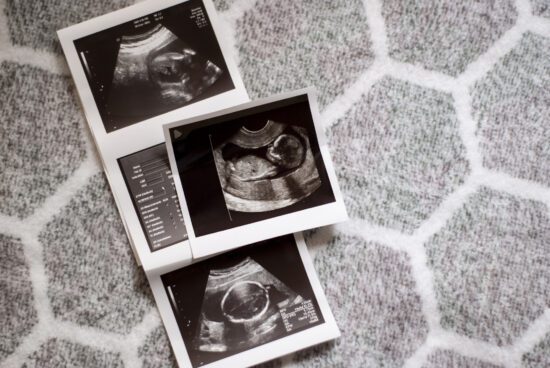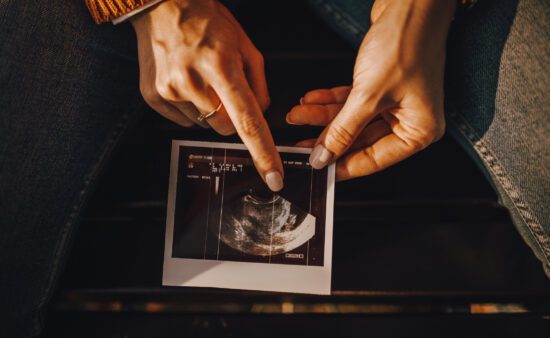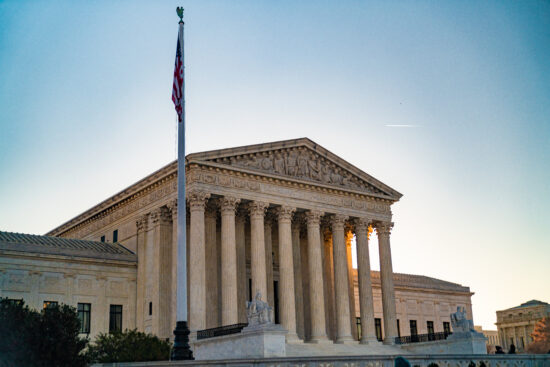The pro-life movement is built on hope. From funding adoptions to supporting crisis pregnancy centers to fighting legal battles, every aspect of pro-life work is fueled by hope. And not just hope in an abstract sense—but a specific and abiding belief that each step to advance the cause of human dignity could mean the difference between life and death.
Likewise, the pro-life vision is fueled by a belief in a future where every human life, at every stage of life, is valued, respected, and fully protected by law.
For almost 50 years, the pro-life coalition has fought tirelessly to see the demise of the single greatest impediment to this vision: Roe v. Wade. Though it’s no longer the primary legal precedent buttressing abortion, Roe has become synonymous with on-demand abortion in American life.1It is well known that the Supreme Court’s Roe decision legalized abortions in the first, and in many cases the second trimesters of pregnancy in the United States. Lesser known is the fact that in 1992 the Court issued a decision in another case involving abortion, Planned Parenthood v. Casey, which reaffirmed Roe’s “essential holding” about a woman’s right to an abortion before viability and established a new basis from which to measure abortion restrictions known as the “undue burden” standard. Understandably then, seeing the Supreme Court reverse Roe and related decisions on abortion has become a central aim of the pro-life agenda. To state it succinctly, an America after Roe is the future pro-lifers long for.
But are we prepared for this future?
What the end of Roe would mean
Asking the question almost seems silly. In a sense, the pro-life community has been anticipating the reversal of Roe since the decision was first handed down in 1973. And in the intervening years, that anticipation has only intensified. Those dedicated to the cause of life long for the day when elective abortion—that is, the purposeful destruction of innocent human life in the womb—no longer enjoys the protection of federal courts. Indeed, that day cannot come soon enough. But even so, there is another sense in which I fear even ardent pro-lifers remain ill-prepared.
Should Roe fall, such a ruling would not make abortion illegal nationwide. Instead, it would merely revert the issue back to the states. And while I have no doubt that the legal dimension of the pro-life movement stands ready to continue the fight for life in the courtrooms and state legislatures across the country where elective abortions would still be legal, I am less certain about our movement’s readiness to meet the tremendous demands that would arise in those states where elective abortions would no longer be permissible.
Back in October, The New York Times estimated that the reversal of Roe would result in 22 states immediately blocking elective abortions.2https://www.nytimes.com/interactive/2020/10/15/upshot/what-happens-if-roe-is-overturned.html Further, recent data from the Guttmacher Institute indicates that, by itself, the end of Roe would likely result in 100,000 less abortions taking place every year.3https://www.guttmacher.org/report/abortion-incidence-service-availability-us-2017 Those are staggering numbers to contemplate. They also represent a necessary corrective to those who insist the pro-life movement’s efforts to mount a legal challenge to Roe are misguided. In addition to stopping abortion in nearly half the Union, the end of Roe would mean the survival of 100,000 people.
Don’t miss the gravity of this: 100,000 people with DNA, bodies, and faces. One-hundred thousand future neighbors, friends, and co-workers. One-hundred thousand brothers, sisters, sons, and daughters. One-hundred thousand people. One-hundred thousand children.
But this brings us back to the point about preparation. One-hundred thousand people is a massive number, and it is only one part of the story. Immediately, we recognize that this number represents roughly the same number of mothers facing unplanned or difficult pregnancies. And in many cases, it also represents fathers and families in crisis. Who will care for them? Who will step up to serve these families and meet their needs?
The pro-life movement is more mosaic than monolith. It is made up of countless men and women from diverse backgrounds, professions, and religions. And in all 50 states, members of this movement are working in various ways to create a culture of life by meeting the needs of women and families facing crisis pregnancies and those in need of other kinds of familial assistance. This work takes many different shapes, but among the most important is the essential care provided in local pregnancy resource centers spread throughout our nation. Whether you consider yourself to be pro-life or not, you should visit one of these centers. See for yourself the kind of life-altering love on display at each one of these special places. These centers not only save lives but change people’s futures, reshape their stories, and give them hope.
More work, more opportunities
But in seeking the end of Roe, the pro-life movement is not asking for a future with less work, but so much more. Should Roe fall, the practical fallout will likewise be massive. Scores of women and families who may otherwise have turned to abortion will turn instead to pregnancy resource centers, churches, and other religious organizations in their communities for assistance and support. Faith-based adoption and foster care agencies will see a spike in the number of children they’re caring for. Needs will increase across the board—for financial support, for volunteers, for clothes and other supplies, for adoptive and foster parents, and on and on.
In many ways, the true test of the pro-life movement will not be its fervent opposition to abortion but whether its commitment to the cause of life will sustain it through something as cataclysmic as the end of Roe. And the time to prepare is now. In our churches, are we teaching a gospel-infused pro-life, whole-life ethic that not only stands against abortion but for human dignity? In our legal efforts, are we prepared to advance not just policies to stop abortion but policies to promote human flourishing and assist mothers and families welcoming new life? Are pro-lifers prepared to serve more, give more, love more, and sacrifice more to prove that our beliefs are more than words? Are we truly prepared to stand for life?
With a freshly minted conservative majority on the Supreme Court, the end of Roe appears to be attainable for the first time in decades. Obviously, there is no guarantee. But the pro-life coalition cannot afford to be caught off guard. We have worked so long and fought so hard to see that day. Indeed, it is the vision that fuels our movement. But just as we hope for a future where all of our children are safe, we must also prepare for that future so that all may know the hope upon which our movement is built.
Let us, in the name of Christ, prepare to receive all who come with open arms. May we demonstrate his love, embrace those in need, and model for them the hope that lives within us.







